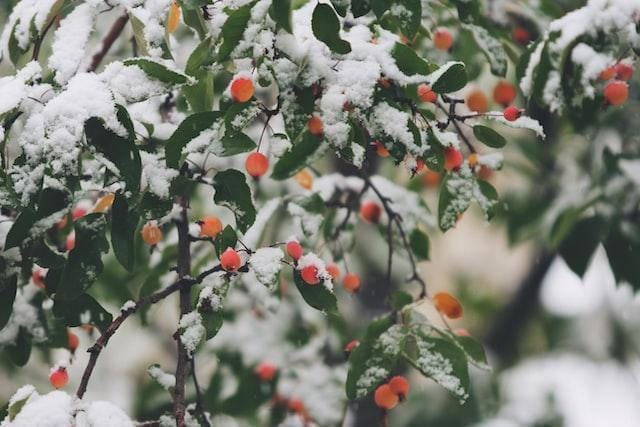10 Tips to Keep Your Plants Alive During Winter in Central Texas
By Innovation Grounds
Winter in Central Texas can be unpredictable, with temperatures that fluctuate between mild and freezing. As a result, many gardeners find it challenging to keep their plants alive during the colder months. Whether you’re a seasoned gardener or a beginner, the winter season can be tough on your beloved plants. Fortunately, with the right care and preparation, you can help your plants survive and even thrive during the winter months.
In this blog post, we’ll share 10 tips to keep your plants alive during winter in Central Texas. By following these strategies, you can protect your plants from the cold and ensure that they emerge healthy and vibrant come spring.
1. Know Your Plant’s Hardiness Zone
The first step in winter plant care is understanding the hardiness zone of your plants. Central Texas falls within USDA hardiness zones 8a to 9b, which means the region experiences mild to moderately cold winters. However, some plants may not be suited for these temperatures and will need extra care during winter. By knowing your plant’s hardiness zone, you can identify which plants will need additional protection.
For example, cold-sensitive plants like tropical species might require more attention, while cold-hardy plants like native Texas species can withstand winter temperatures with minimal effort.

2. Cover Your Plants During Freezes
During particularly cold nights or freeze warnings, covering your plants can be a lifesaver. Use frost cloths, blankets, or even old sheets to protect your plants from the harsh winter winds and freezing temperatures. Avoid using plastic covers, as they can trap moisture and potentially damage the plant.
For smaller plants, you can use a simple cloth cover or even a bucket or container to shield them. For larger plants, especially those in pots, create a “tent” structure using stakes and a frost cloth to ensure they are protected without causing them to suffocate.
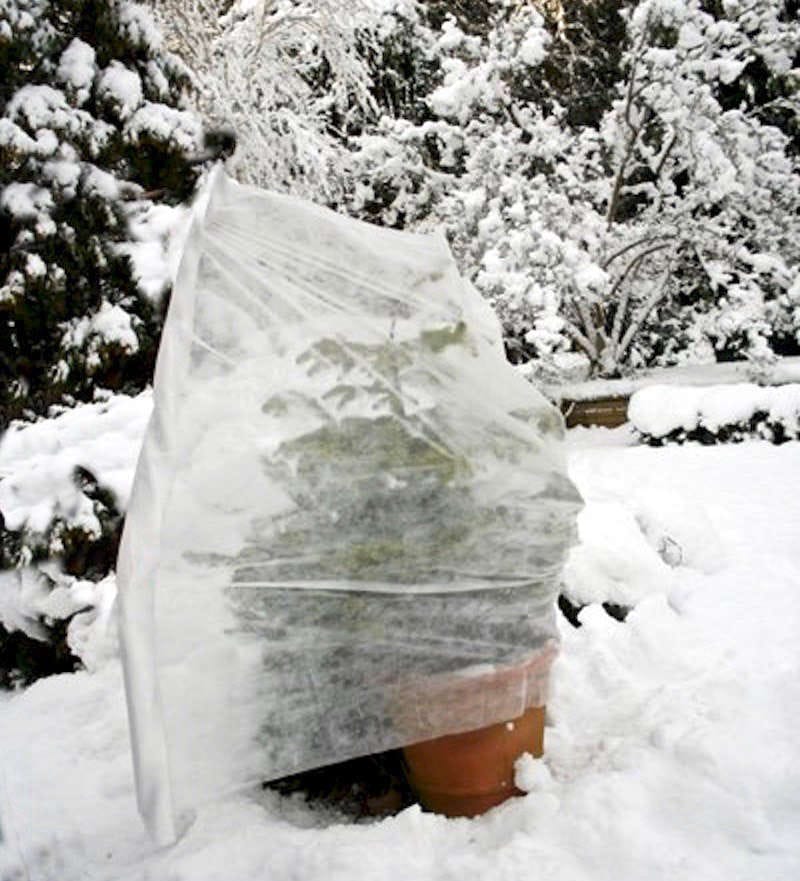
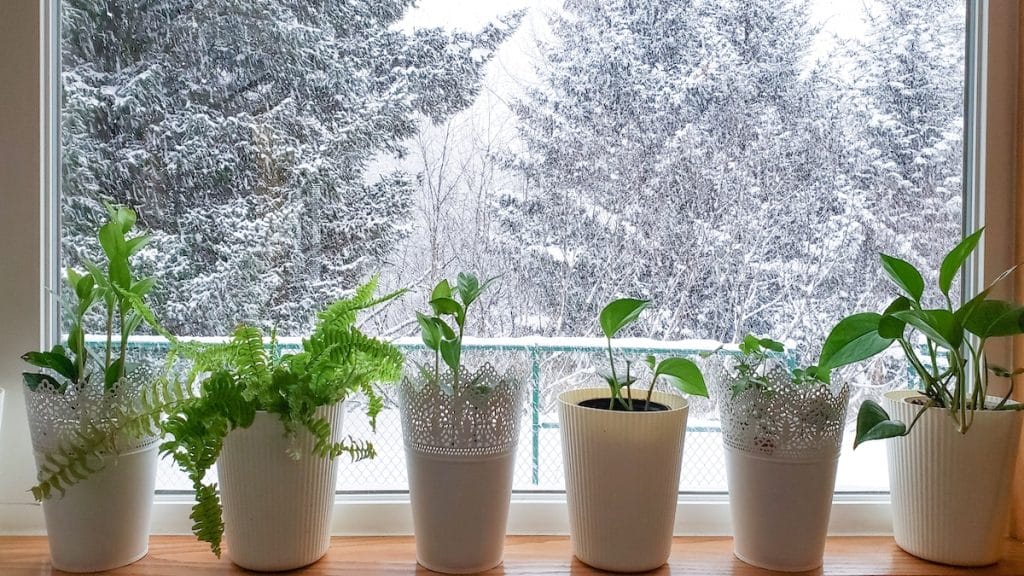
3. Bring Potted Plants Indoors
Potted plants are particularly vulnerable to the cold because their roots are exposed to the elements. If possible, bring your potted plants indoors during freezing weather. Place them in a sunny spot where they can get adequate light. If bringing them inside isn’t feasible, consider moving them to a sheltered location, such as a porch, garage, or even under a tree for added protection.
Remember to water them lightly before moving them indoors, as plants tend to need less water in winter months.
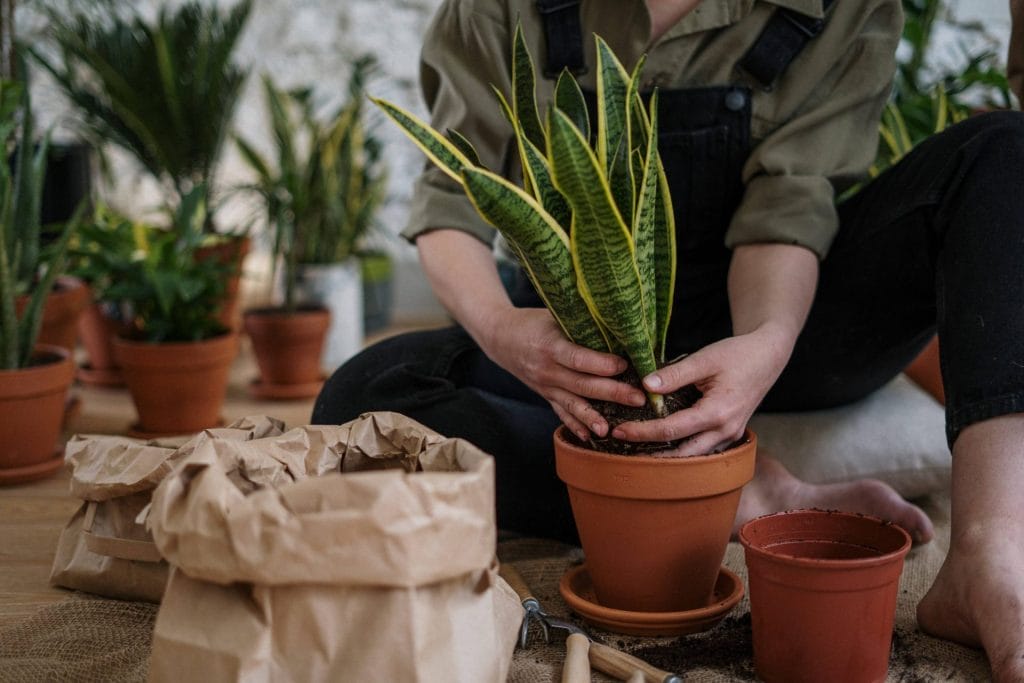
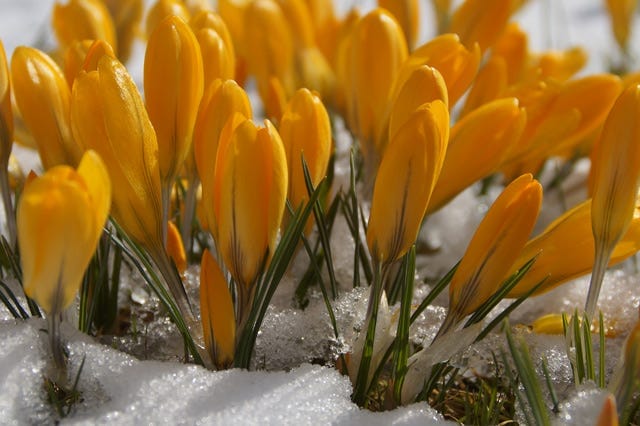
4. Mulch Around Your Plants
Mulching is a simple yet highly effective way to help your plants survive winter in Central Texas. Apply a thick layer of mulch around the base of your plants to insulate the soil and protect the roots from freezing temperatures. Mulch also helps retain moisture, preventing the soil from drying out in the colder months.
Organic materials such as wood chips, straw, or pine needles work well as mulch, but avoid using large, heavy chunks of mulch that can suffocate plants. Aim for about 2–3 inches of mulch around each plant for the best results.


5. Water Wisely
While it’s tempting to reduce watering during the winter months, your plants still need water to survive. However, it’s important to adjust your watering schedule to account for the cooler temperatures. Over-watering can cause the roots to rot, especially when combined with cold, damp soil.
In Central Texas, winter rains are often inconsistent, so it’s essential to monitor your plants and water them when the soil is dry to the touch. Water in the morning so the soil can absorb moisture before temperatures drop at night. Avoid watering in the late afternoon or evening, as this can lead to frost damage.


6. Use Row Covers for Vegetable Gardens
If you have a vegetable garden, row covers are a great way to protect your plants from the cold while allowing them to receive light and airflow. These covers are typically made of lightweight fabric or mesh and can be placed directly over your plants or set up with hoops to create a small greenhouse effect.
Row covers protect against freezing temperatures, wind, and pests, all of which can be a threat to your winter crops. Make sure to choose a row cover material that is breathable and designed for cold weather protection.
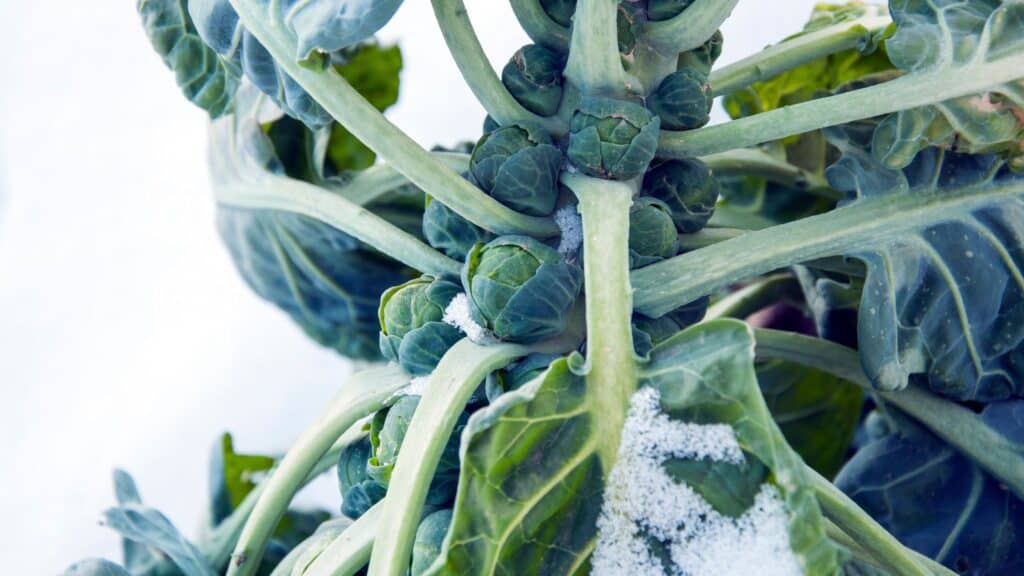

7. Prune Dead or Damaged Growth
Before winter sets in, it’s a good idea to prune any dead or damaged growth from your plants. This not only helps your plants conserve energy during the winter months but also reduces the risk of disease and pest infestations. Focus on removing any weak, dead, or diseased branches, as these can cause problems during freezing conditions.
However, avoid heavy pruning in late fall or winter, as this can stimulate new growth that is more vulnerable to cold damage. Instead, wait until late winter or early spring to do more extensive pruning.


8. Plant Winter-Hardy Varieties
One of the best ways to ensure your plants survive winter in Central Texas is to choose winter-hardy varieties. There are many plants that thrive in cold weather and can withstand light frosts. Some popular winter-hardy plants for Central Texas include:
- Texas Bluebonnet
- Pansies
- Snapdragons
- Cabbage and Kale (for vegetable gardens)
- Agave
- Mexican Feather Grass
These plants are adapted to handle the colder temperatures and will require less maintenance during winter.
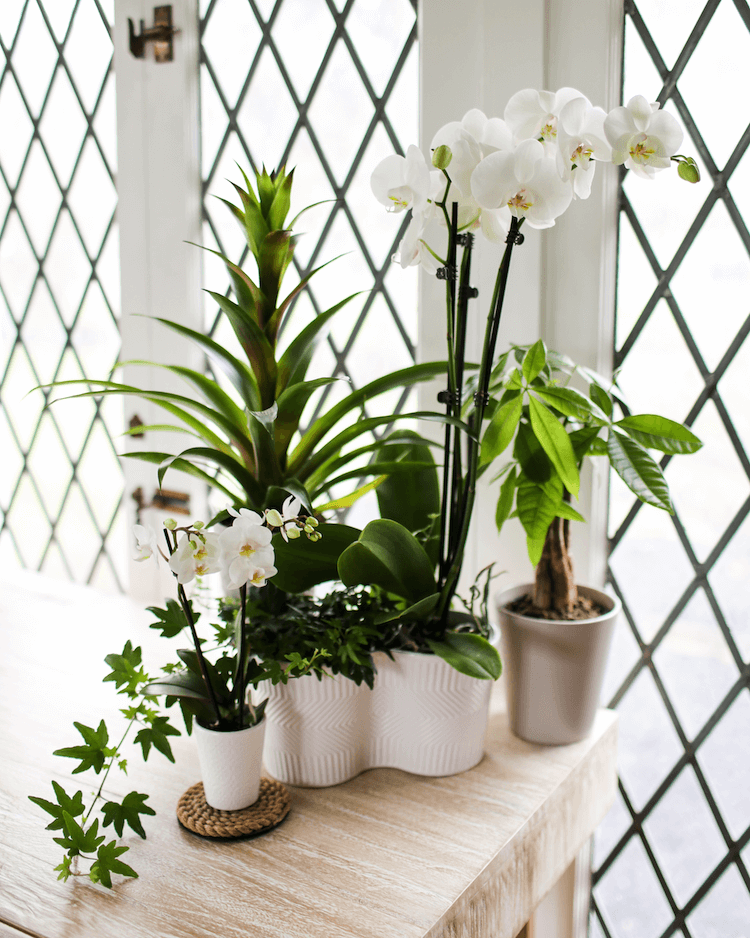

9. Create Windbreaks
Strong winter winds can cause significant damage to plants, especially tender species. Creating windbreaks is a simple way to protect your plants from harsh gusts. You can use fencing, trellises, or even evergreen shrubs to act as natural barriers against the wind.
If you’re dealing with particularly exposed areas, you can also create temporary windbreaks using tarps or burlap sheets stretched between posts or stakes.
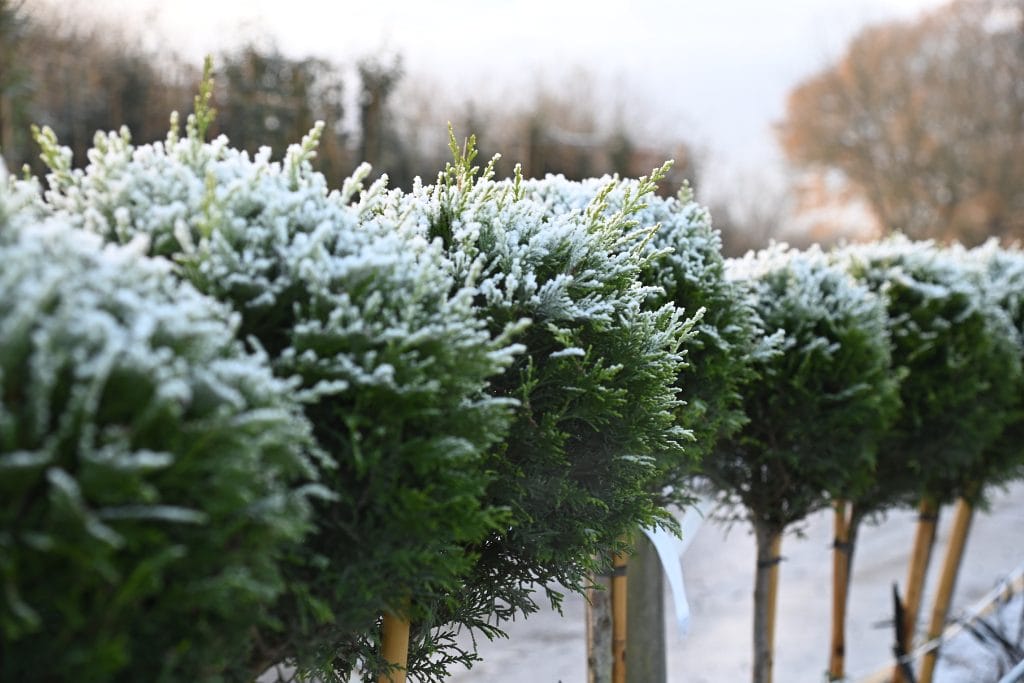
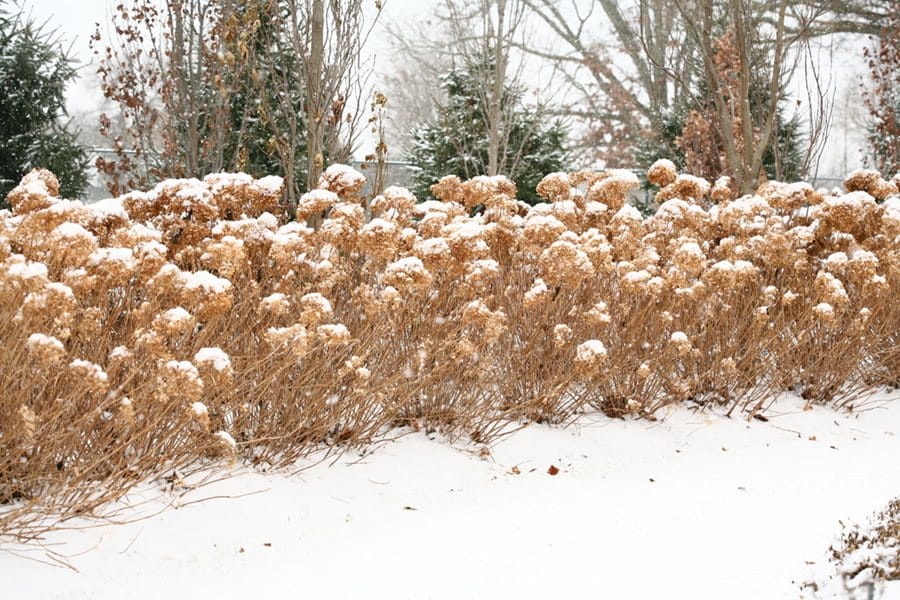
10. Check for Pests and Disease
Winter isn’t just a time for protecting your plants from the cold; it’s also important to keep an eye out for pests and diseases. Although fewer pests are active in the winter months, certain insects and fungi can still cause damage. Check your plants regularly for signs of infestation, such as discolored leaves or sticky residue, and take appropriate action if you spot any problems.
If you’re worried about pests, consider using natural pest control methods, such as introducing beneficial insects (like ladybugs) or using organic insecticidal soaps that are safe for your plants.


Conclusion: Protecting Your Plants This Winter
Keeping your plants alive during the winter months in Central Texas requires a combination of preparation, vigilance, and care. By following these 10 tips to keep your plants alive during winter, you can ensure that your plants survive the colder weather and thrive when warmer temperatures return. From knowing your plant’s hardiness zone to covering plants during freezes, mulching, and pruning, each step plays a role in helping your garden stay healthy and beautiful throughout the winter.
Don’t let the winter chill get the best of your plants. With a little extra effort, you can enjoy a flourishing garden year-round, even in the unpredictable Central Texas winter.

